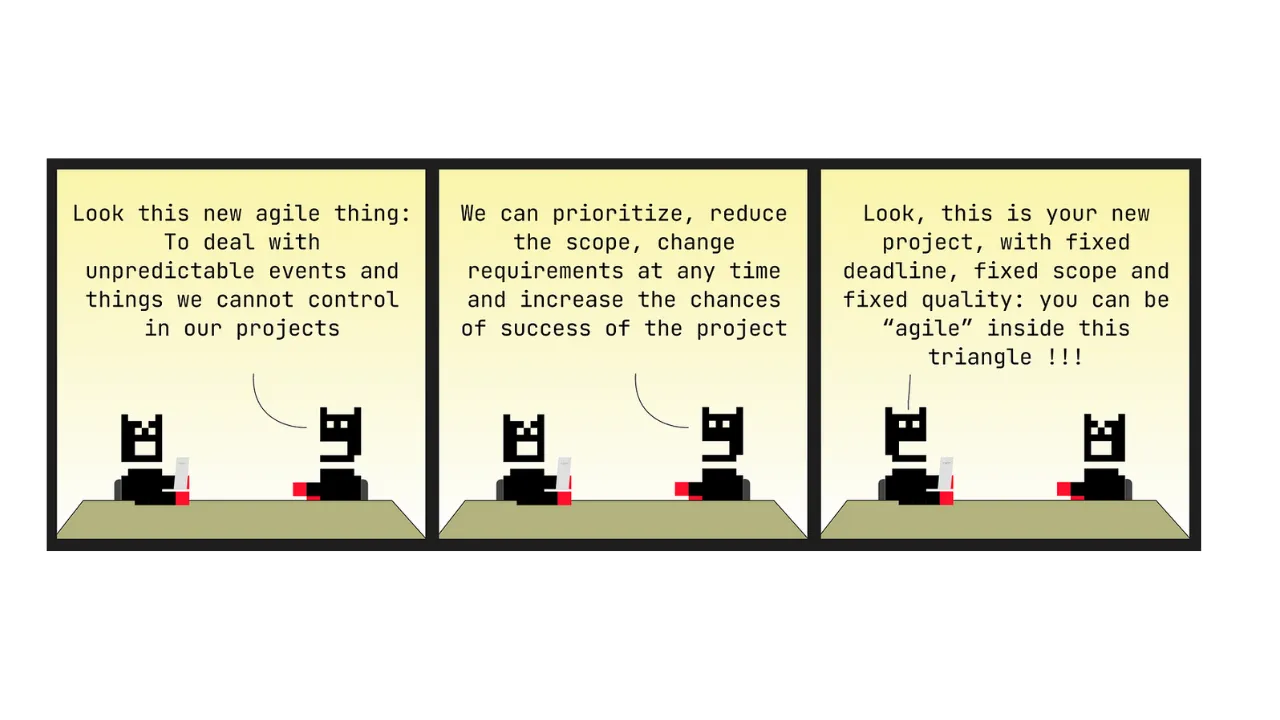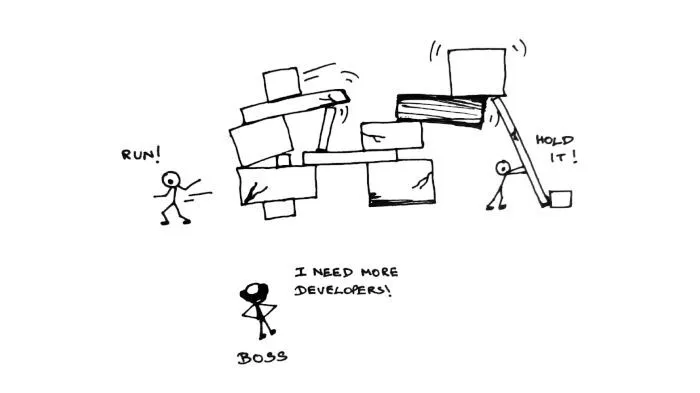In today’s fast-paced business environment, Agile methodologies have become the go-to approach for organisations seeking to enhance flexibility, speed, and customer focus. However, transitioning to Agile is not without its challenges. It requires a fundamental shift in mindset, processes, and culture — a transformation that can be daunting for any organization. As a Business Analyst (BA), you play a crucial role in facilitating this change, ensuring that the transition to Agile is smooth and successful.
Understanding the Agile Transformation
Agile transformation is more than just adopting a new set of practices; it is about embracing a new way of thinking. This often involves overcoming resistance from stakeholders who may be skeptical of abandoning long-established processes. The BA’s role in this context is to act as a change agent — someone who can bridge the gap between the old and the new, helping your organisation adapt to Agile’s iterative and flexible approach.

The BA as a Change Agent
- Facilitating Communication - One of the most significant challenges during an Agile transformation is ensuring clear and continuous communication between all stakeholders. As a BA, you are in a unique position to facilitate this communication. You can help articulate the vision of Agile transformation, explain the benefits, and address any concerns that stakeholders may have. This involves not just top-down communication but also gathering feedback from the ground up to ensure that everyone’s voice is heard.
- Managing Expectations - Agile is often misunderstood as a magic bullet that will immediately solve all project management woes. However, the reality is that the benefits of Agile come with time and practice. As a BA, it is essential to manage expectations by setting realistic goals and timelines for the Agile transformation. This means helping stakeholders understand that there will be a learning curve and that initial setbacks are part of the process.
- Aligning Agile Practices with Business Goals - One of the key responsibilities of a BA during an Agile transformation is to ensure that the new Agile practices align with the organization’s business goals. This involves translating business requirements into user stories that the development team can work on iteratively. It also means continuously monitoring progress to ensure that the Agile practices are delivering the intended business value.
- Championing Continuous Improvement - Agile is not a one-time change; it is a continuous journey of improvement. As a BA, you can champion this mindset by promoting retrospectives, encouraging experimentation, and fostering a culture of learning within the team. By focusing on continuous improvement, you help the organisation not only adapt to Agile but thrive in it.
- Addressing Resistance to Change - Resistance to change is a natural part of any transformation. As a BA, you need to identify and address this resistance early on. This might involve working closely with those who are hesitant to adopt Agile practices, understanding their concerns, and finding ways to mitigate their fears. By doing so, you can help turn skeptics into advocates for Agile.
- Leveraging Data to Drive Decision-Making - In an Agile environment, data-driven decision-making becomes crucial. As a BA, you can leverage metrics such as velocity, burndown charts, and customer feedback to provide insights into the effectiveness of the Agile practices being implemented. These insights can be used to make informed decisions about process adjustments, resource allocation, and overall project direction.
Conclusion
The journey to Agile can be challenging, but it also presents a unique opportunity for BAs to highlight their value as change agents. By facilitating communication, managing expectations, aligning practices with business goals, championing continuous improvement, addressing resistance, and leveraging data, BAs can play a pivotal role in ensuring a successful Agile transformation.
Agile is not just a methodology; it is a mindset. As a BA, you have the tools and insights to help your organisation navigate this transformation, making sure that the shift to Agile is not just a change in process, but a change that brings lasting business value.




